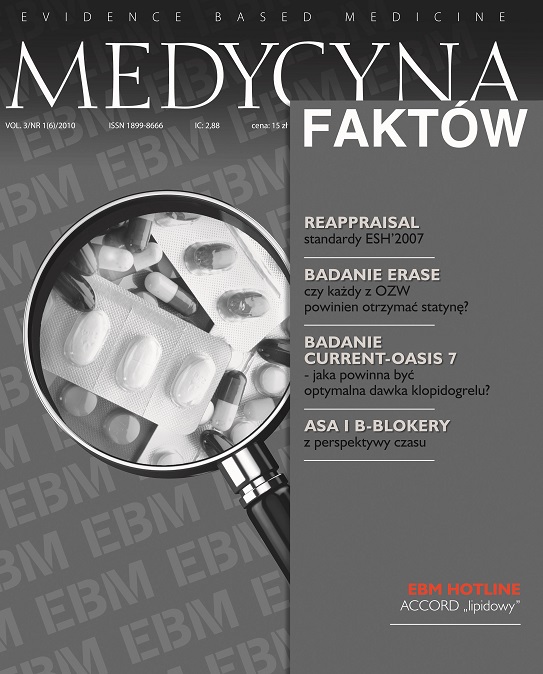Antiarrhythmic characteristic of omega-3 polyunsaturated fatty acid Review article
Main Article Content
Abstract
The concept that omega-3 polyunsaturated fatty acid (PUFA) may reduce cardiac deaths via antiarrhythmic effects is supported by basic science, animal, and human studies. In vitro studies have shown that acutely superfused omega-3 PUFA can interact with sodium, potassium and calcium ion channels in the cell membrane. Of these interactions the most important appears to be the ability of omega-3 PUFA to inactivate sodium channels in the presence of myocardial ischemia. PUFA stabilize the electrical activity of isolated cardiac myocytes by modulating sarcolemmal ion channels, so that a stronger electrical stimulus is required to elicit an action potential and the refractory period is markedly prolonged. Inhibition of voltage-dependent sodium currents, which initiate action potentials in excitable tissues, and of the L-type calcium currents, which initiate release of sarcoplasmic calcium stores, thus increasing cytosolic free calcium concentrations and activating the contractile proteins in myocytes, appears at present to be the probable major antiarrhythmic mechanisms of PUFA.
Article Details
Copyright © by Medical Education. All rights reserved.
References
2. Kang J.X., Xiao Y.F., Leaf A.: Free long-chain polyunsaturated fatty acids reduce membrane electrical excitability in neonatal rat cardiac myocytes. Proc. Natl. Acad. Sci. USA 1995; 92: 3997-4001.
3. Leaf A., Kang J.X., Xiao Y.F. et al.: Clinical prevention of sudden cardiac death by n-3 polyunsaturated fatty acids and mechanism of prevention of arrhythmias by n-3 fish oils. Circulation 2003; 107: 2646-2652.
4. Schrepf R., Limmert T., Weber P. et al.: Immediate effects of n-3 fatty acid infusion on the induction of sustained ventricular tachycardia. Lancet 2004; 363: 1441-1442.
5. Caló L., Bianconi L., Colivicchi F. et al.: N-3 Fatty acids for the prevention of atrial fibrillation after coronary artery by-pass surgery: a randomized, controlled trial. J. Am. Coll. Cardiol. 2005; 45: 1723-1728.
6. Mozaffarian D., Prineas R.J., Stein P.K. et al.: Dietary fish and n-3 fatty acid intake and cardiac electrocardiographic para-meters in humans. J. Am. Coll. Cardiol. 2006; 48: 478-484.
7. Christensen J.H., Christensen M.S., Dyerberg J. et al.: Heart rate variability and fatty acid content of blood cell membranes: a dose-response study with n-3 fatty acids. Am. J. Clin. Nutr. 1999; 70: 331-337.
8. Christensen J.H.: n-3 fatty acids and the risk of sudden cardiac death. Emphasis on heart rate variability. Dan. Med. Bull. 2003; 50: 347-367.
9. Leaf A., Albert C.M., Josephson M. et al.: Prevention of fatal arrhythmias in high-risk subjects by fish oil n-3 fatty acid intake. Circulation 2005; 112: 2762-2768.
10. Raitt M.H., Connor W.E., Morris C. et al.: Fish oil supplementation and risk of ventricular tachycardia and ventricular fibrillation in patients with implantable defibrillators: a randomized controlled trial. JAMA 2005; 293: 2884-2891.
11. Brouwer I.A., Zock P.L., Camm A.J. et al.: Effect of fish oil on ventricular tachyarrhythmia and death in patients with implantable cardioverterdefibrillators: the Study on Omega-3 Fatty Acids and Ventricular Arrhythmia (SOFA) randomized trial. JAMA 2006; 295: 2613-2619.
12. Nodari S.: Omega-3 PUFAs may help preserve sinus rhythm after AF cardioversion. ACC 2010; Scientific Session, March 14–16; Atlanta, GA.
13. Barylski M., Filipiak K.J., Banach M., Kowalski J.: Rola wielonienasyconych kwasów tłuszczowych omega-3 w pierwotnej i wtórnej profilaktyce choroby niedokrwiennej serca. Kardiologia po Dyplomie 2008; 7(9): 13-28.
14. Haberka M., Gąsior Z.: Wielonienasycone kwasy tłuszczowe omega-3: aktualne znaczenie i perspektywy w prewencji chorób sercowo-naczyniowych. Kardioprofil 2007; 5(3): 153-161.
15. Gil R.J., Witkowski A., Gziut A.I.: Omacor – przełom w leczeniu osób z chorobą niedokrwienną serca i niewydolnością serca. Kardiologia po Dyplomie 2009; wydanie specjalne: 1-11.
16. Kozłowska-Wojciechowska M.: Rola kwasów omega-3. Czynniki Ryzyka 2008; wydanie specjalne: 9-18.

